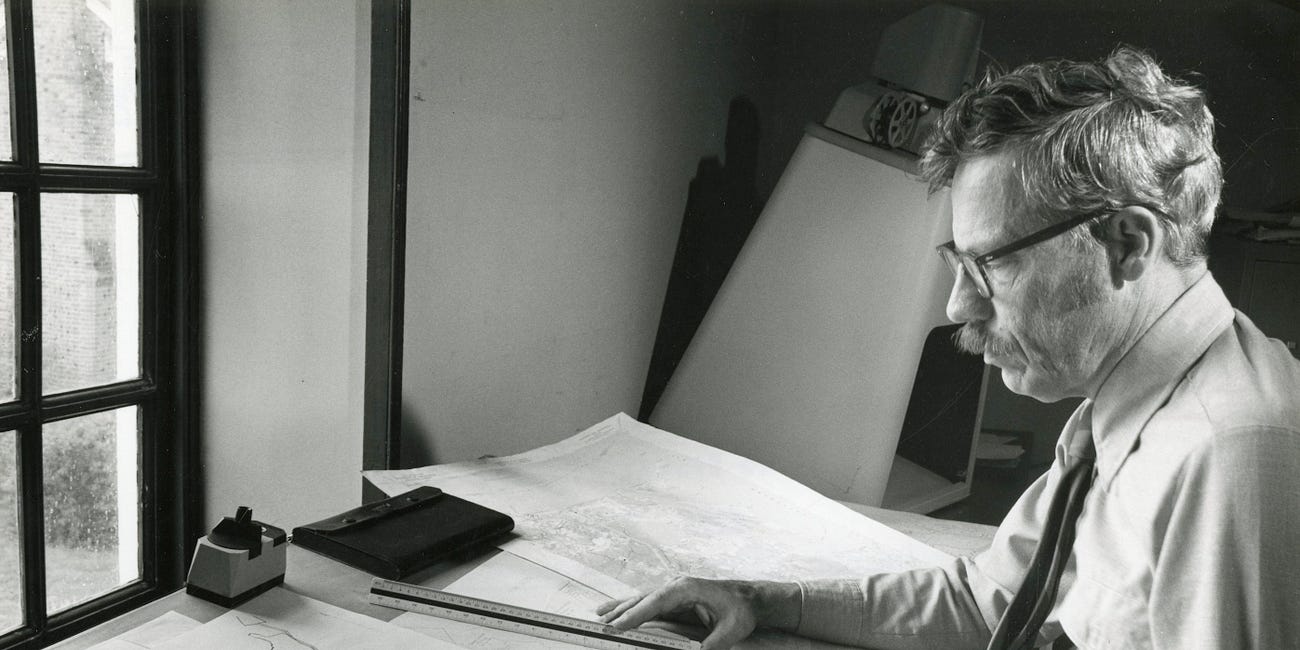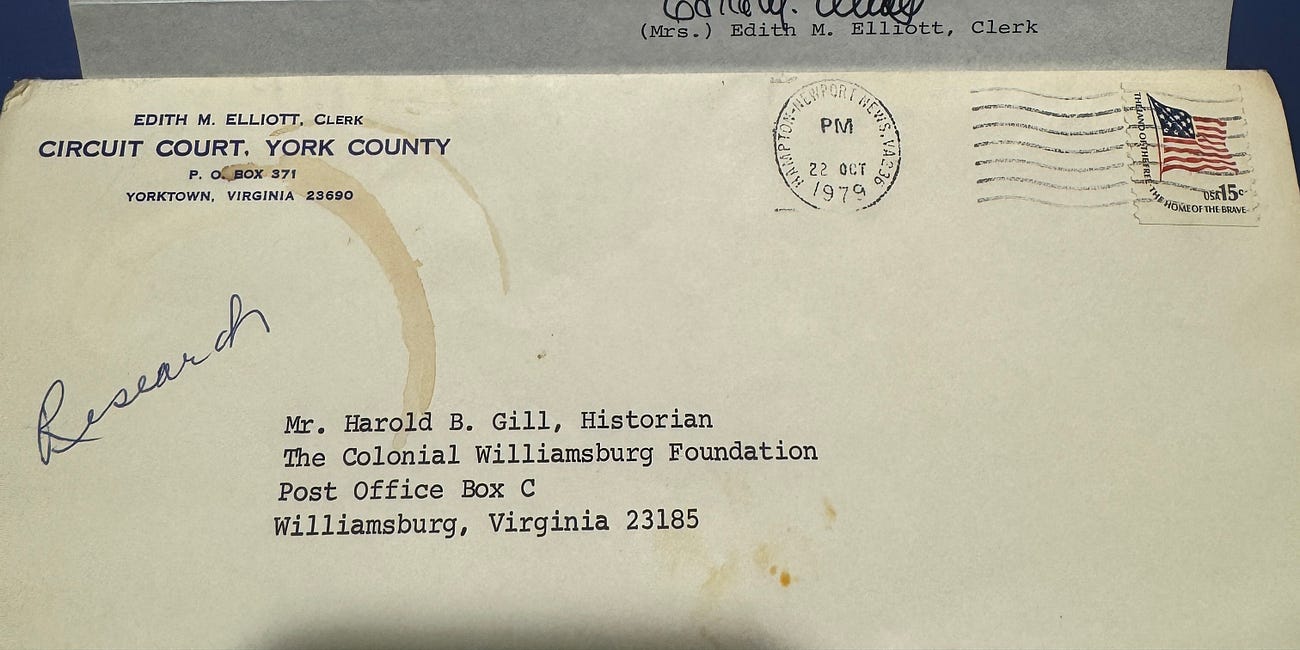Keeping the Dead Alive - Part 1
This is the beginning of a series of posts that may or may not hang together - come along for the ride!
Harrowings is an ongoing exploration of my inner world and all that has shaped it. So, today, I tuned into KSKQ for the last day of their spring fundraiser and caught an interview with David Gans with whom I have a virtual connection. I’m now catching up on his course at Stanford University’s school of continuing studies on the Grateful Dead. We’re not talking zombies here, but the preservation of culture and exploring the improvisation in music and in life.
My own life is nothing if not an improvisation. I often say that I have had more of a “careen” than a “career” and it can be twisted in its course but is weaving a pattern with the threads that others entwine with mine.
At the present moment, however, I’m also working my way through the 1974 live recordings of Bob Dylan and the Band which gave rise to both “Rock of Ages” and “Before the Flood” — I usually have a couple of threads running through my head. So much history and life from my own past and the past of our culture. As I wrote this paragraph, I got a text from the KSKQ Friday morning show host, Holly Lorien Adams, and may be expecting a call from her a little later. That’ll be nice to catch up. We met face-to-face for the first time at National Airport the fall before last after the National Symphony Orchestra’s second night with Bobby Weir and the Wolf Brothers.
Music, life, literature, history; all the threads unwind, so now, I’m going to do a little writing of a biographical nature. I’m the product of the vision of W.A.R. Goodwin. He managed to convince John D. Rockefellar, Jr. that my hometown was worth preserving and restoring. The Foundation established to manage that project employed my whole family at different points in history.
My father’s trajectory spanned 54 years from 1961 through to sometime in 2015. Harrowings is, for better or worse, the publishing arm of The Harold B Gill Foundation, LLC which seeks to collect, protect, and preserve my father’s creative output in the wake of his passing on April 7, 2024. My mother was Registrar at the Department of Collections (and eventually Conservation) for 32 years from 1972 to 2004. During her tenure, she did exceptional work keepoing track of all the objects in the collection, moving the management system thereof from a card catalog system to a mainframe computer and then to an AS400 “minicomputer.” Finally, the current emuseum.history.org online collections management system was created. It is a phenomenal resource for those who have an interest in the cultural artifacts contained in the collection. More is available in the article that I wrote some time ago called:
Honoring our parents
Earlier today, I saw the post put up by Jesse Paris Smith about her father’s birthday. Fred “Sonic” Smith, the husband of Patti Smith, who put up a remembrance shortly after Jesse’s post, died when Jesse was just seven years old. I was moved to mention the passing of my own father, Harold B. Gill, Jr., on April 7 in response to Jesse and she was kind en…
So, these two gave me my start. My mother is still with us and I should give her a call a little later this evening to catch up with her.
These two, between them, gave the Colonial Williamsburg Foundation 86 years of service and definitely helped to keep the dead alive including many who would otherwise be forgotten.
In recent posts, I’ve talked about the York County Project including the initial authorization received from the Clerk of the District Court:
Paths to the Present Understanding of the Past
Recently, I was talking in my vlog here about the York County Project, the computer-aided statistical analysis of the records of York County, Virginia begun in the late 1970’s by Harold B. Gill, Jr., my late father. Among the items in a shoebox from which the following post also came
So, the next installment of “Keeping the Dead Alive” will delve into the contemporaneous account from “Colonial Williamsburg Today” in which the then-Director of Research at the Colonial Williamsburg Foundation lays out the approach used in that project. I hope this will pique the curiosity of more than a few of you.






